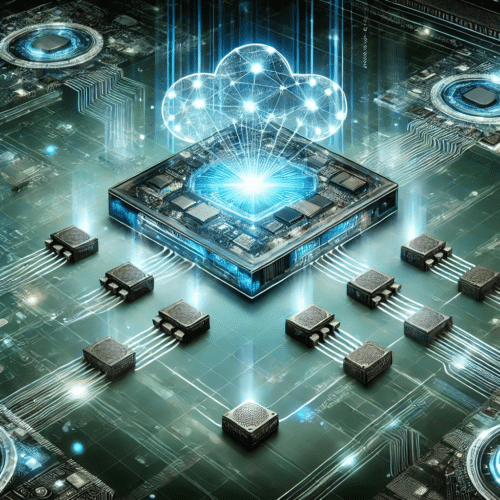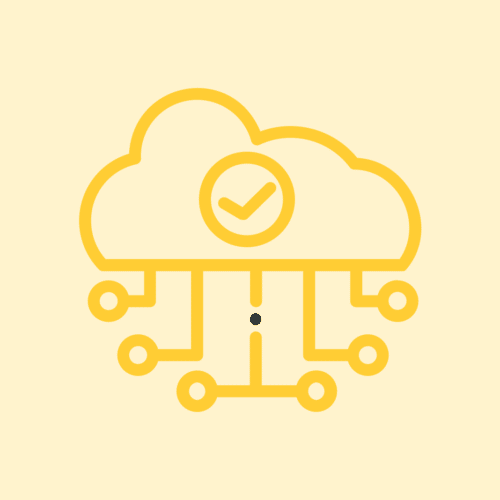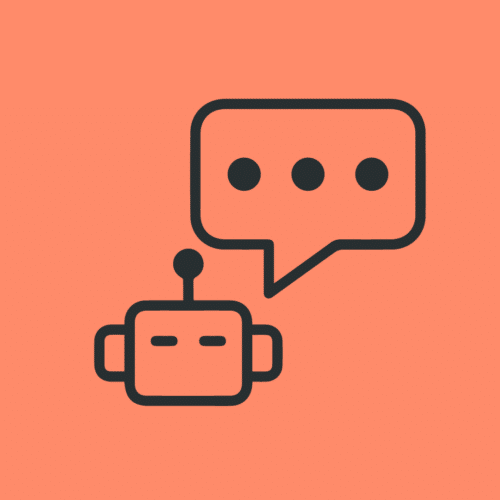BLOG
Why Designing for Delight is Critical for Connected Devices
When it comes to designing user experiences for the Internet of Things (IoT), product designers are confronted with a paradigm shift.
IoT products are neither fully physical objects nor the digital experiences we are used to. They are complex systems made up of multiple devices, applications, types of interfaces, and diverse input-output data. Traditional UX design principles may fall short of capturing the needs of IoT users.
As the presence of IoT continues to grow, designers play an essential role in not only shaping these products but ensuring they are user-friendly and perhaps even delightful to use.
Gone are the days when a designer’s role starts and ends with a digital interface. It is now crucial to consider all aspects of the user’s environment, such as proximity, time, location, and more. This article will explore what it means to design for delight and how we can apply these principles to connected devices.
What Is Delight?

Jared Spool, the founder of User Interface Engineering, says, “A good design is usable, useful, and effective. A great design delights its users.”
Therefore, delight only exists when basic user expectations are met. If a user is frustrated, they cannot experience delight. This means that over time, a user’s expectation levels increase as they experience more delight, and those experiences become the new baseline. As designers, our challenge is to find new ways to delight our users as their expectations naturally grow over time.
- Pleasure refers to the use of humor, clear language, understanding the user’s point of view, and exceeding their expectations. Little Hippo’s product MELLA uses animated facial expressions and bright colors to delight young users and teach them how to use the product.
- Flow is making things faster, removing any unnecessary steps to increase speed and minimize friction. This could be in the form of calm design-when technology brings information to the user’s attention the moment it becomes useful, thereby anticipating, predicting, and adapting to their needs.
- Meaning is the ability to tell a story, make users proud to be part of your product, or even allow users to bring delight to others. For example, HabitatMap uses connected devices to measure pollution in cities. Using the device, users can crowdsource air quality data to create a community map, allowing them to visualize areas of high pollution and share data with others.
As IoT’s presence grows, product design will play an essential role in its advancement. Designing for IoT devices requires a fundamental shift from component thinking to whole systems thinking. These products will require new modes of interaction, which will challenge designers as they strive to make IoT interfaces that are reliable, usable, and delightful.
How to Design for Delight with IoT Products
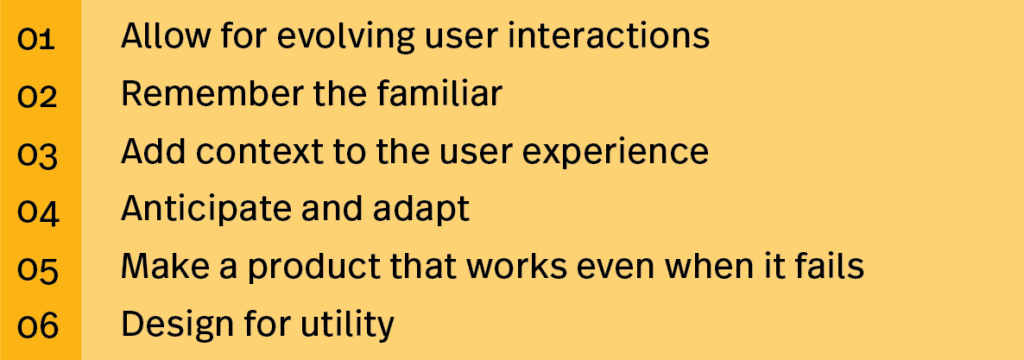
There are a few rules to keep in mind when designing delightful connected experiences.
1. Allow for evolving user interactions
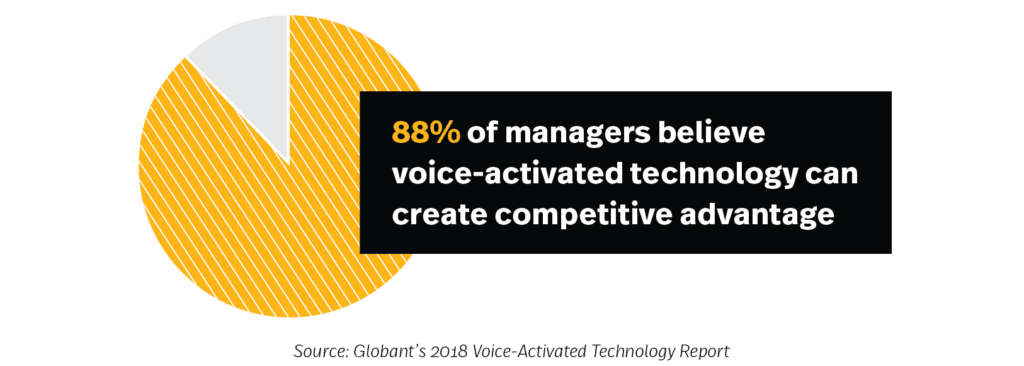
First, we must allow for evolving user interactions. For example, IoT products built today may not have voice control, but those technologies could be required in the future. Google Project Soli achieves this by anticipating how user interactions will evolve and designing for it through radar hand and finger tracking. Project Soli can detect and read human motions at scales previously unheard of, detecting objects and motion through various materials.
2. Remember the familiar
Equally important is to remember the familiar when building innovative UI. Even though we are designing novel interfaces, it is still necessary to apply usability standards and consider users’ expectations based on affordances from their day-to-day life. In addition to existing UI shaping users’ mental models, societal norms also impact the meaning of certain colors, shapes, and symbols (seen in traffic lights and household products). Applying best practices provides continuity and consistency for users while allowing them to move seamlessly from device to device. This ease of adoption is what brings delight to users.
3. Add context to the user experience
In addition to providing consistency, adding context to user experiences will help make those experiences more meaningful and thus delightful. As IoT products will become fully integrated into users’ lives, human-computer interaction will become dynamic and contextual. Commands given to digital interfaces have effects in the physical world, which may not be easily undone. Therefore, it is crucial to ensure users feel safe and in control by making any interactions purposeful, timely, and useful.
4. Anticipate and adapt
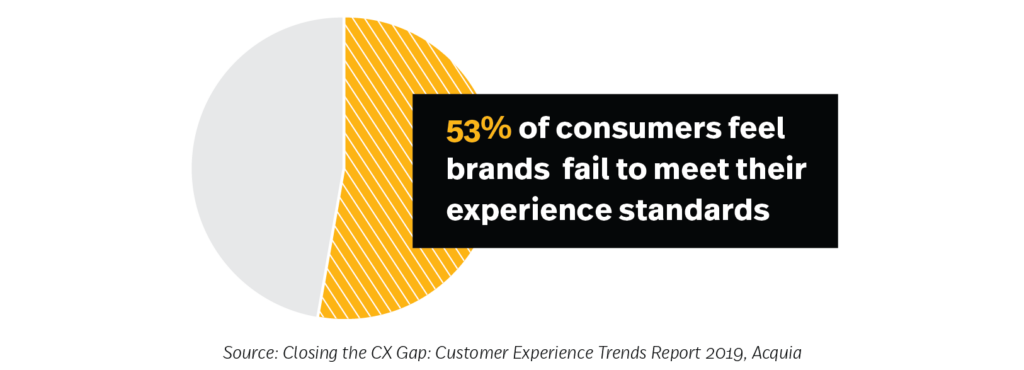
IoT products must also anticipate and adapt to situations and the user’s environment. The physical aspect of smart devices allows for the ability to generate output without the need for input. For example, the Nest Thermostat intelligently adapts to users’ habits to save energy. In this way, systems become predictive, able to detect and respond to users’ needs before they are even aware. Events are not necessarily initiated by users but instead by environmental sensors, time, and proximity data. This introduces a level of complexity that requires deep user research to ensure connected devices are useful.
5. Make a product that works even when it fails
IoT products that go above and beyond work even when they fail. If a connected device disconnects or breaks down, we can ensure it still serves a functional purpose. For example, the Ember mug is designed first and foremost as a physical product, so it still works as a mug even if the heating component breaks. While this is often difficult to achieve with technology products, it illustrates the benefits of great design.
6. Design for utility
Finally, when moving from digital to connected devices, designers must ensure that design is useful. With advancements in IoT, it will become more challenging to separate valuable data from information that clutters and confuses users. Designers will have to create IoT-driven experiences that are contextual, helpful, and meaningful. After all, good design is about making peoples’ lives easier.
Through calm design, attention to existing patterns and context, and deep empathy for the user, designers will be able to design delightful connected experiences with ease.



